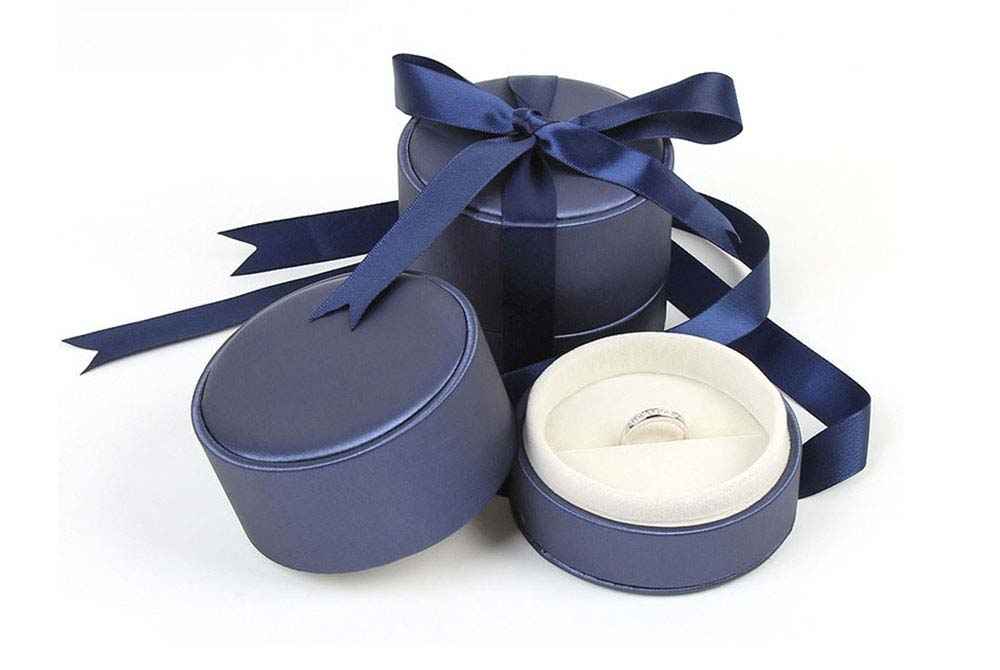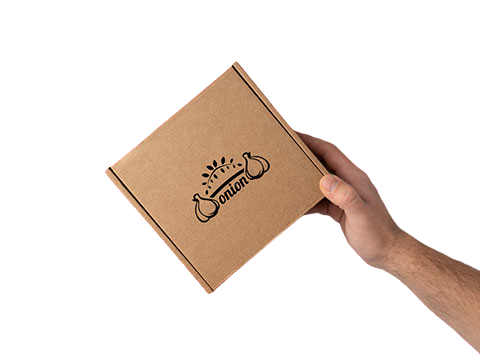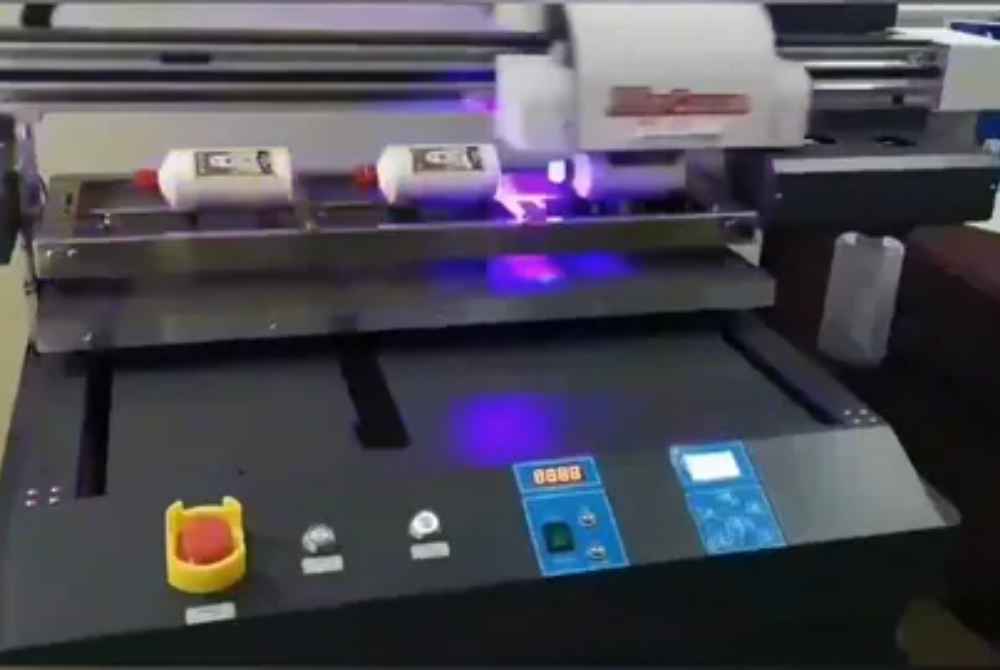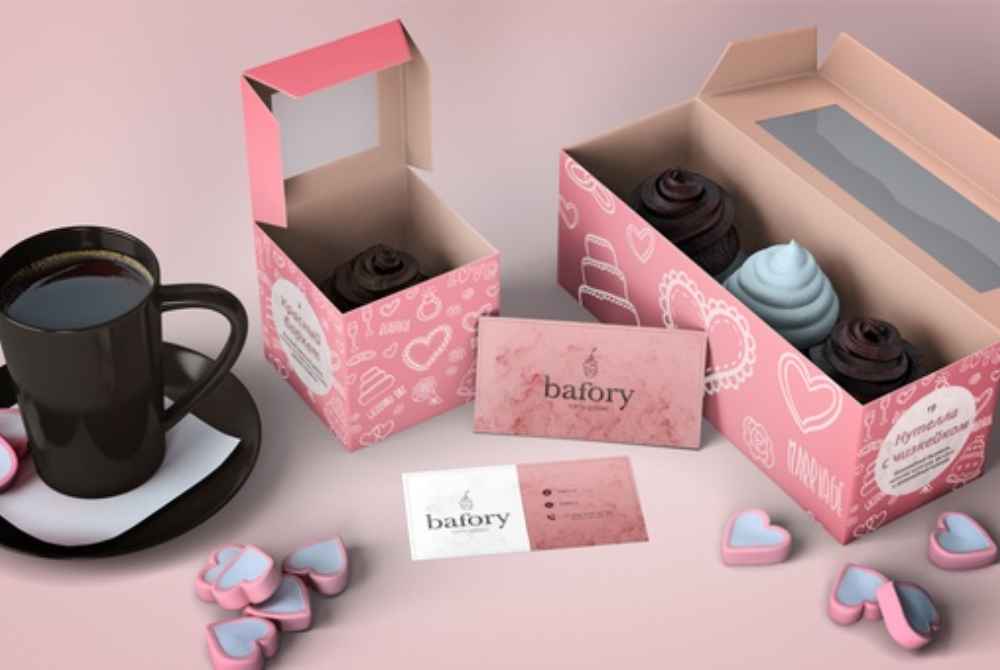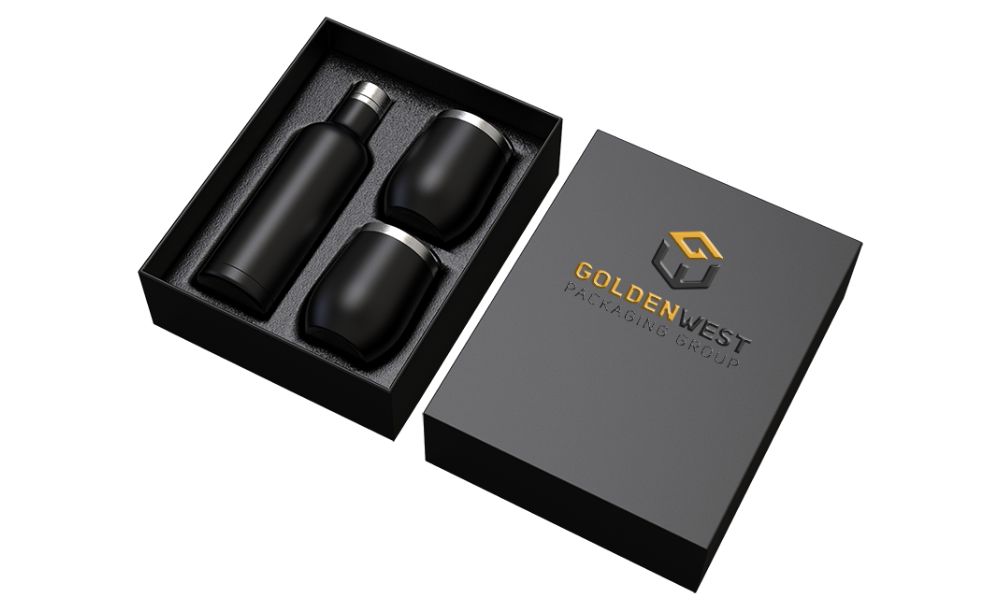Packaging Foam: Everything You Need to Know
In packaging design, packaging foam is good for cushioning and safeguarding products during shipping or storage. During shipping, your product may be bounced around somewhere along the way. This can easily break certain delicate products. That is where packaging foam enters the picture. This section will delve into the world of foam packaging and cover all you need to know about it. Prepare to be an expert on foam packaging overnight as we discuss various types and applications of foam packaging.
How Is Packaging Foam Made?
The function of foam packaging is to cushion and support your products, so it's helpful when shipping fragile or delicate items.
Not only does foam offer shock absorption, but the foam itself is generally constructed of a host of different materials.
It can also be purchased in various shapes and sizes of foam for packaging, from small sheets up to custom-molded inserts. Much foam is cut to the exact shape of your product. With the precise shape, it will have a secure and tight fit that keeps movement and shifting to a minimum during shipping. Foam packaging is well-liked because it is durable, shock-absorbing, and lightweight.
You can even personalize the foam when you deal with a packaging company like Instant Custom Boxes.
Foam Packaging Types
For packaging, there are numerous types of foam to select from. Each is different in terms of its characteristics, which is why it suits particular applications.
In addition, the type of foam utilized also relies on the product itself, such as:
Deficiency
Weighing
Dimensions
The shape
With the assistance of our packaging experts, we can identify the ideal form of foam required to transport your product safely.
Take a look at these five foam materials!
Ethylene-Vinyl Acetate (EVA) Foam
Besides being flexible, durable, and versatile, EVA foam is also known for having outstanding shock absorption and cushioning qualities. Different industries can utilize this foam as a protection material because it is UV-resistant, water-resistant, and lightweight. The softness and rebound of EVA foam make it perfect for cushioning products and reducing damage risk. Specialized foam inserts enable customized packaging solutions for any product shape and size, including electronics, sports gear, medical equipment, etc.
The Polyurethane Foam
One of the most common forms of foam packaging is polyurethane foam. Polyurethane foam is great for shock absorption and is very lightweight and long-lasting. The best thing about polyurethane foam is that it comes in various densities. In addition, it can be made to fit the majority of shapes and sizes.
Ethylene Foam
Apart from offering cushioning and shock absorption, polyethylene foam is chemically and water-resistant, making it a perfect material for packaging certain products that must be protected against moisture. Custom Custom-printed medicine Boxes and foam sheets are widely applied in the medical, electronics, and automobile sectors.
Foam Polystyrene
Besides going by the name EPS (expanded polystyrene), polystyrene foam is also a rigid, light packaging foam. The foam offers sufficient support. Essentially, the foam is created by expanding polystyrene beads into a mold. You can employ it to stabilize electronics, appliances, medical gear, glassware, and other delicate objects.
Polyethylene Foam (EPE)
Lightweight and resilient, expanded polyethylene foam (EPE) is specifically designed to offer impact and vibration protection to products. To form the foam, beads of polyethylene are developed within a mold. Consequently, a foam structure with better properties is formed. Hence, such a foam will be perfect for packaging delicate products like electronics and medical equipment.
Polyethylene Cross-Linked Foam
Besides being durable and strong, cross-linked polyethylene foam is a closed-cell foam product that is chemical resistant, ultraviolet resistant, and water resistant. Due to its resistance to chemicals, water, and UV light, the foam is particularly suitable for packaging items that require protection against various environmental conditions. Aerospace and vehicle industries frequently use this foam, which is sold as sheets.
How Do Foam Packaging Types Work?
Having discussed the various kinds of packing foam, let us now talk about their most prevalent applications.
Consumer products, medical devices, and sporting goods all employ foam packaging.
There are several general uses for foam packaging, such as protection for:
Electrification
Medications
Automobile spare parts
Furniture
A part of an aerospace system
A glass
Art sculptures
Why Is Packaging Foam Helpful?
Following are some of the numerous advantages of employing packaging foam for brands.
Protects Products from Damage
Through the absorption of shock and impact, foam packaging delivers superior protection against damage to lower the chances of damage in transit. Your products will thus be delivered in the best possible condition.
Shock Absorbers Absorb Impact Shock.
When shipped, sports gear such as bikes, golf clubs, and hockey sticks need special care. So, foam packaging can design custom packaging inserts to keep each component firmly fixed in its place. By doing this, you can avoid damaging the equipment when shipping. Foam inserts, for instance, will hold a bike frame and wheels firmly fixed so they won't move.
Moreover, you can also pad furniture items while shipping or storing. You can pad each furniture item by wrapping it in foam and making custom inserts to keep it in place.
Consequently, the foam will be a tight and secure fit, keeping it from shifting while shipping.
Shapes And Sizes Can Be Tailored.
Luxury Custom Boxes provide complete customization options, such as custom shapes and sizes, to cushion and protect your products even when shipping.
Pricier than other materials compared to
Foam packaging is cheaper than other materials because it keeps your products from getting damaged or requiring returns. You will save on replacements and create a good brand image by delivering flawless products.
Conclusions
Indeed, packaging foam is effective in cushioning and safeguarding products when transported and stored. You can have any foam packaging material for your product, depending on the nature of the product you are packaging. Since foam packaging designs can be customized to suit any product, you can have it in any form and size.
Luxury Custom Boxes has all the foam packaging you require!


